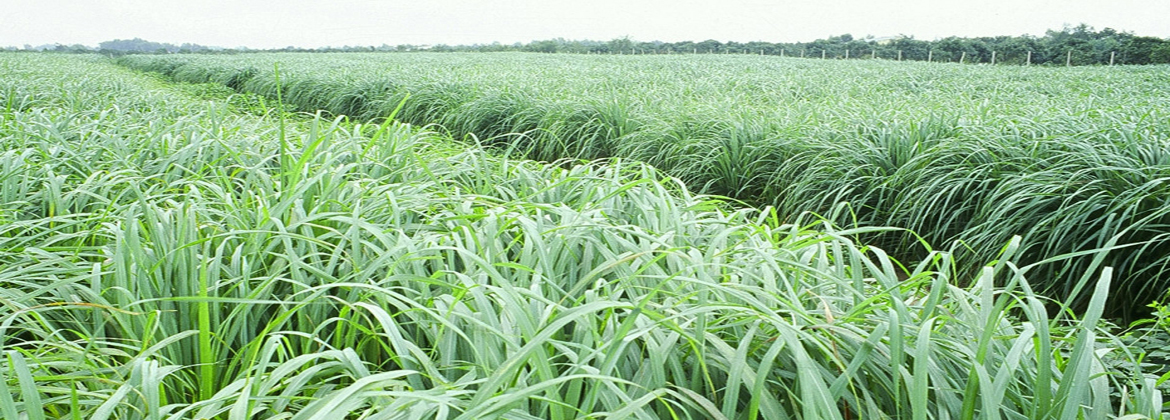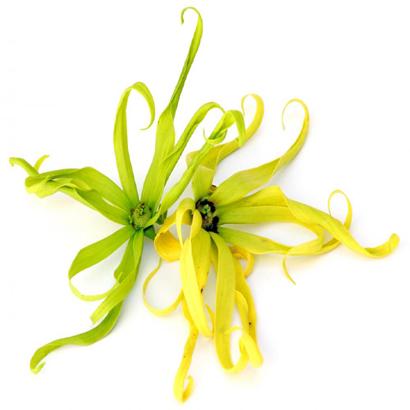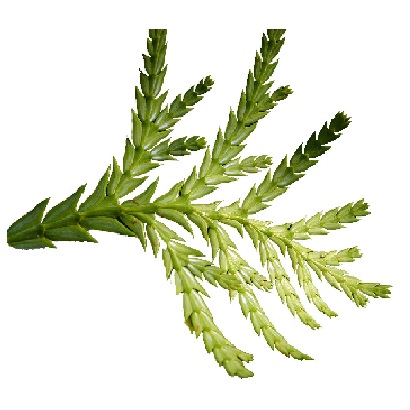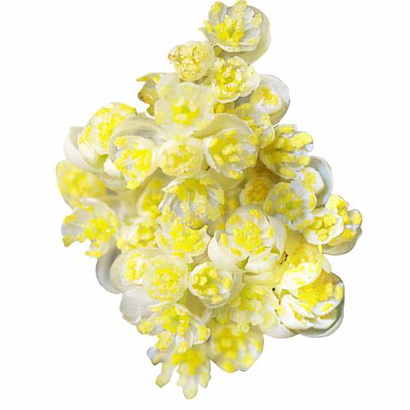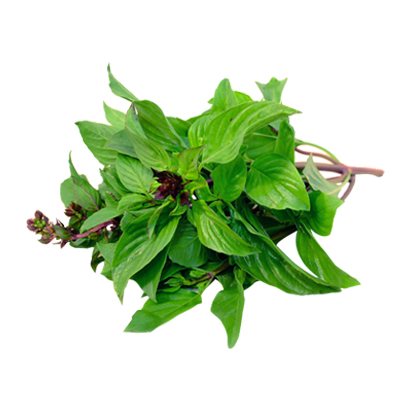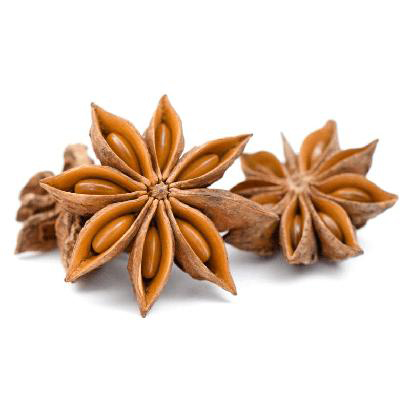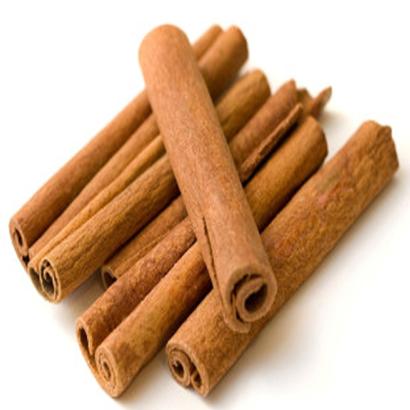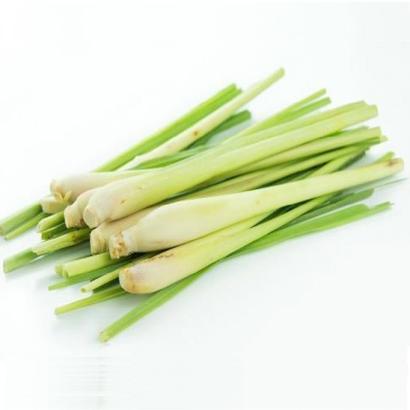Product Details
Botanical Name: Cananga odorata
Country of Origin: Vietnam, Indonesia or Madagasca
Extraction Method: Steam Distillation
Plant Part: Flower
Aromatic Scent: The odour is sweet, exotic floral odor.
Plant Description
Also known as Flower Of Flowers, Ylang Ylang is a tall tropical tree about 20 meters (60 feet) high with large fragrant, pink, mauve or yellow flowers; yellow heads are viewed as being the best in terms of quality. There are several grades of Ylang Ylang Essential Oil, which are extracted at different times during the flower's lengthy distillation. These grades are referred to as Extra, I, II, and III. Ylang Ylang is best suited for use in the perfumery and skincare industries. It was a popular ingredient of hair preparations in Europe and was known as Macassar Oil.
Properties of Ylang Ylang Oil:
Appearance: clear liquid
Colour: Pale to golden yellow color
Odor : Characteristic sweet, exotic floral odor.
Specific gravity at 20℃: 0.930 – 0.970
Refractive Index at 20℃: 1.495 – 1.515
Optical rotation: -45 to -15
Main Chemical Components:
Linalool : 12 - 19 %
Germacrene D : 9.5 - 18 %
Geranyl Acetate : 8.0 - 15 %
B-caryophyllene : 5.5 - 12 %
Ylang Ylang Oil Use:
Ylang Ylang essential oil is used extensively in making perfumes and in aromatherapy. Similar to Jasmine, Ylang Ylang has been used for centuries in religious and wedding ceremonies. In aromatherapy, Ylang Ylang is used to create a calm, positive atmosphere. Ylang Ylang is frequently used in luxurious hair and skin products for its scent and nourishing and protective properties. Taken internally, Ylang Ylang provides antioxidant support.
Blends Well With:
Ylang Ylang essential oil blends well with Bergamot, Geranium, Grapefruit, and Vetiver.
Cautions:
Dilute before use; May cause skin irritation in some individuals; a skin test is recommended prior to use. It can also cause sensitivity on some people; excessive use of it may lead to headaches and nausea. Contact with eyes should be avoided.
Storage:
It is recommended that oils packaged in metal containers (for safe shipping) be transferred into dark glass containers to maintain freshness and attain maximum shelf life.



